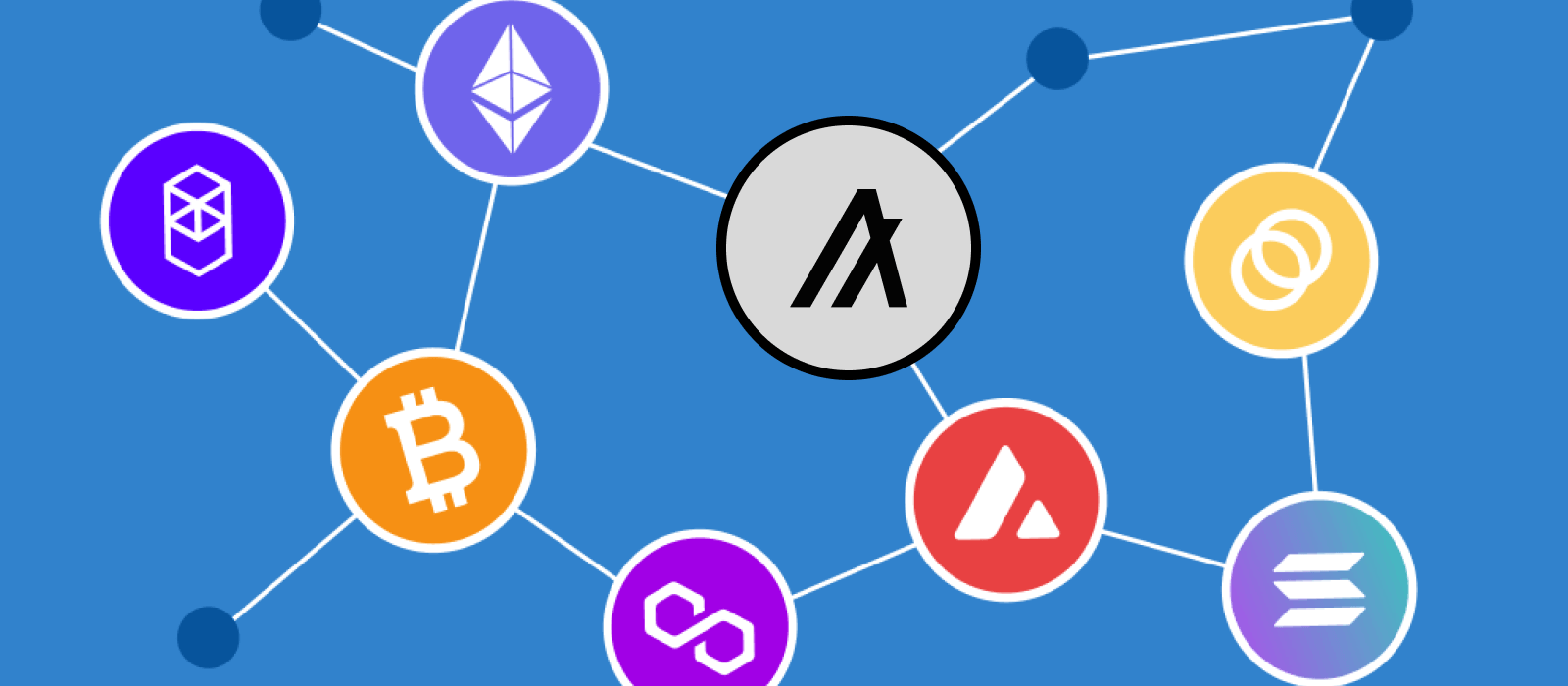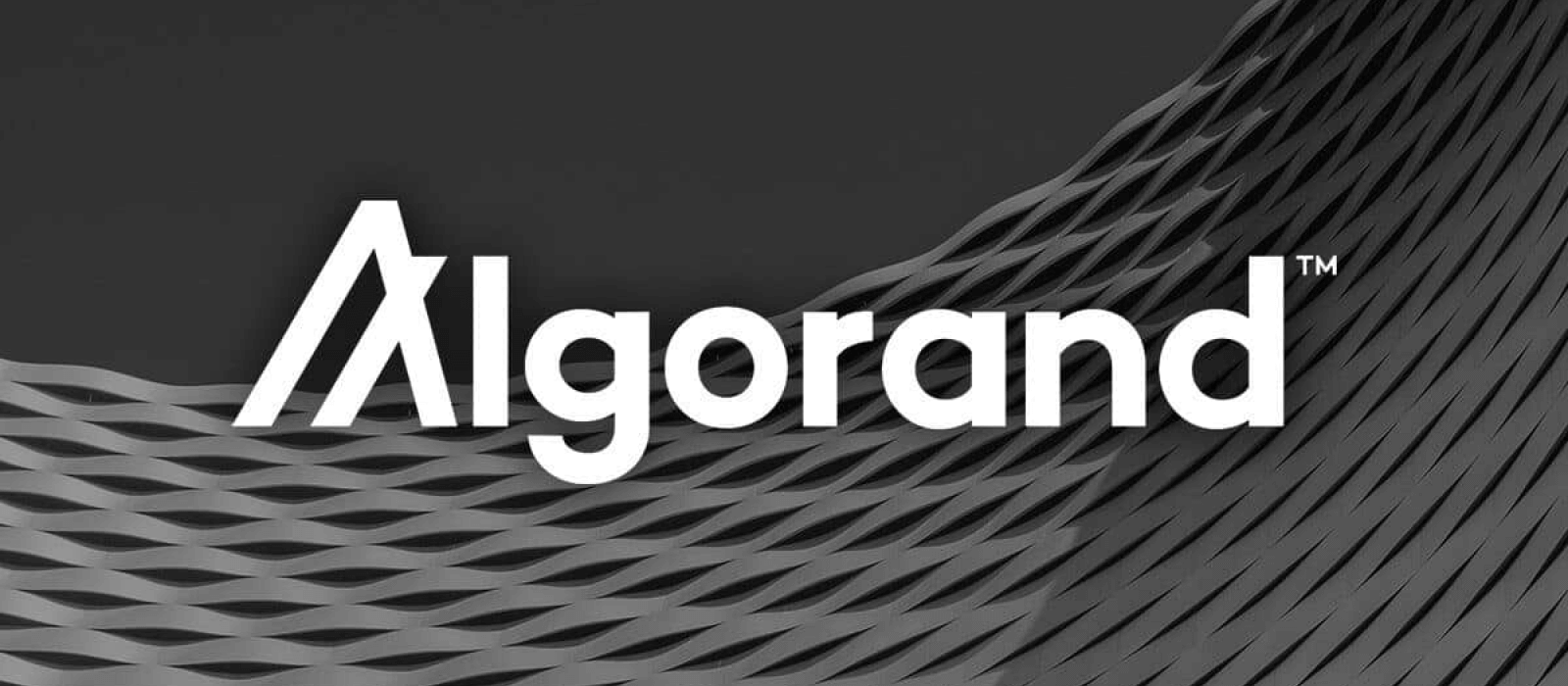In the rapidly evolving landscape of blockchain technology, the absence of interoperability between diverse blockchain networks presents a formidable challenge.
Unlike traditional centralized systems, where standardized communication protocols enable seamless data exchange, blockchains often operate in isolated silos. This lack of a universal communication standard impedes the direct exchange of assets and data among different blockchain systems, curbing the full potential of blockchain applications.
The Problem Of Interoperability Between Different Blockchains
When delving into the concept of blockchain interoperability, it becomes evident that it refers to the process of facilitating communication and data exchange between disparate blockchain systems. The absence of a standardized communication protocol across these platforms means that blockchains struggle to directly share information or value.
This communication gap not only hinders the frictionless transfer of assets between chains but also complicates the user experience.
In navigating this intricate landscape, individuals encounter cumbersome processes when attempting to interact with multiple blockchains. The absence of a streamlined method for cross-chain communication forces users to navigate complex and often confusing procedures, undermining the user-friendliness that is essential for widespread blockchain adoption.
Furthermore, the lack of interoperability stifles innovation within the blockchain space. Developers face significant limitations when attempting to create cross-chain applications that can seamlessly operate across the entire blockchain network. This restriction inhibits the creation of dynamic and interconnected blockchain ecosystems, preventing the realization of the full potential of blockchain technology.
As blockchain technology continues to mature, addressing the interoperability challenge becomes crucial for unlocking the full spectrum of possibilities within the decentralized realm. The need for standardized communication protocols and efficient cross-chain solutions becomes increasingly apparent, paving the way for the emergence of transformative technologies such as cross-chain bridges. These bridges act as vital conduits, bridging the communication gap between different blockchains and fostering a more connected, interoperable, and innovative blockchain ecosystem.
What Are Cross-Chain Bridges?
In response to the formidable challenge of blockchain interoperability, the concept of cross-chain bridges has emerged as a transformative solution. These bridges play a pivotal role in acting as connective links between disparate blockchain networks, facilitating the seamless transfer of assets and data. Operating as essential infrastructure, cross-chain bridges foster collaboration and synergy among diverse blockchain ecosystems, addressing the limitations imposed by the isolation of individual chains.
The primary function of cross-chain bridges within the blockchain ecosystem is to facilitate interoperability—a critical capability that enables different software and systems to communicate and work together effectively. In the context of blockchains, interoperability means empowering transactions and the utilization of services across various platforms without the reliance on a shared network. Cross-chain bridges serve as the architectural backbone that allows for the creation of a more interconnected and cooperative blockchain landscape.
The significance of cross-chain bridges becomes evident when considering their role in expanding the scope of possibilities for decentralized applications (dApps). By providing a mechanism for different blockchains to interact seamlessly, these bridges empower dApps to harness the unique strengths of multiple chains simultaneously. This capability is particularly advantageous in sectors such as decentralized finance (DeFi) and gaming, where transactions frequently involve multiple tokens and blockchains.
In the world of decentralized finance, where liquidity and efficiency are paramount, cross-chain bridges play a crucial role. These bridges ensure that assets can be moved across different blockchains, enhancing liquidity by enabling capital to flow where it is most needed. This dynamic movement of assets contributes to the creation of more robust and resilient financial ecosystems. It also opens up avenues for novel financial instruments and services that can operate across diverse blockchain networks, transcending the limitations imposed by individual chains.
Similarly, in the gaming industry, where tokenized assets and in-game currencies often span multiple blockchains, cross-chain bridges become indispensable. These bridges facilitate the seamless exchange of gaming assets and currencies across different gaming platforms, enhancing the gaming experience and fostering a more interconnected gaming ecosystem.
In essence, cross-chain bridges represent a foundational element in the evolution of blockchain technology. They not only break down the barriers between isolated blockchain networks but also serve as enablers of a more collaborative and interconnected future for decentralized applications and services. As the blockchain space continues to mature, cross-chain bridges will play a central role in unlocking the full potential of blockchain technology by creating a cohesive and interoperable blockchain ecosystem.
How Cross-Chain Bridges Work?
Cross-chain bridges serve as the technological backbone that enables the seamless transfer of assets and data between different blockchain networks. These bridges leverage innovative mechanisms to ensure secure and transparent transactions across disparate blockchains. Three common mechanisms employed by cross-chain bridges are:
1. Lock and Mint:
In the Lock and Mint mechanism, assets are securely locked on one blockchain. This locking action serves as collateral or proof of ownership.
Simultaneously, a corresponding representation of these locked assets, often in the form of tokens, is minted on another blockchain. These tokens mirror the value and characteristics of the original assets.
The minted tokens on the second blockchain become freely tradable within that ecosystem, providing users with the ability to utilize assets from the first blockchain in a decentralized and interoperable manner.
2. Burn and Mint:
The Burn and Mint mechanism involves the destruction or burning of tokens on one blockchain. This action is verifiable and ensures the reduction of the token supply on the original blockchain.
Following the burning process, an equivalent amount of new tokens is minted on a different blockchain. This minting is conducted in a way that preserves the value and functionality of the original tokens.
The minted tokens on the second blockchain now represent the ownership or value that was initially held on the first blockchain, enabling cross-chain compatibility and usage.
3. Lock and Unlock:
In the Lock and Unlock mechanism, assets are securely locked on one blockchain, effectively freezing them and preventing any further transactions on that blockchain.
Simultaneously, the ownership or representation of these locked assets is transferred to another blockchain through the unlocking process. This transfer of ownership is conducted in a secure and transparent manner.
Once the assets are unlocked on the second blockchain, they become accessible for transactions within that ecosystem, allowing users to leverage the assets across different blockchains.
These mechanisms collectively ensure the secure, transparent, and verifiable transfer of assets across different blockchain networks. By employing these innovative methods, cross-chain bridges overcome the interoperability challenge, creating a more connected and collaborative blockchain ecosystem. The integrity of transactions is maintained throughout the process, establishing trust and enabling users to seamlessly interact with assets across diverse blockchain networks.
Benefits of Cross-Chain Bridges
Cross-chain bridges play a pivotal role in reshaping the blockchain landscape, offering a myriad of benefits that contribute to the evolution and maturation of decentralized ecosystems. Here are detailed insights into the key advantages of cross-chain bridges:
1. Improved Liquidity:
Cross-chain bridges serve as conduits for assets to seamlessly traverse between different blockchain networks. This enhanced fluidity facilitates improved liquidity as assets can be efficiently moved and utilized across various ecosystems.
Liquidity is a crucial factor in financial markets and decentralized finance (DeFi). Cross-chain bridges enable the efficient allocation of capital, ensuring that assets are deployed where they are most needed. This dynamic movement of assets enhances market liquidity, contributing to increased trading volumes and reduced price slippage.
2. Enhanced Interoperability:
The core function of cross-chain bridges is to establish interoperability between diverse blockchain ecosystems. By enabling communication and transactions across various platforms, these bridges break down the barriers that traditionally siloed blockchains.
Enhanced interoperability allows users to seamlessly interact with applications and services on different blockchains without the need for a common network. This interconnectedness fosters collaboration between disparate blockchain communities, leading to a more unified and connected blockchain space.
3. Fostering Innovation:
Cross-chain bridges unlock the full potential of blockchain technology by eliminating the limitations imposed by isolated blockchains. The ability to seamlessly transfer assets and data across different networks encourages developers to explore new and innovative applications.
Breaking down silos and enabling collaboration between diverse blockchain ecosystems sparks creativity and innovation. Developers can leverage the unique features of multiple blockchains to create novel decentralized applications (dApps) that operate fluidly across the entire blockchain network.
In sectors like decentralized finance (DeFi) and non-fungible tokens (NFTs), cross-chain bridges pave the way for groundbreaking solutions that leverage the strengths of various blockchains. This fosters a more vibrant and dynamic blockchain space, accelerating the pace of technological advancement.
In summary, cross-chain bridges act as catalysts for positive change within the blockchain ecosystem. The benefits of improved liquidity, enhanced interoperability, and fostering innovation collectively contribute to a more robust, connected, and innovative decentralized landscape. As the blockchain space continues to evolve, cross-chain bridges will remain instrumental in realizing the full potential of blockchain technology.
Examples Of Cross-Chain Bridges, Especially for Algorand Network
The Algorand network, known for its focus on scalability, efficiency, and fast transaction speeds, has witnessed the emergence of several innovative cross-chain bridges that enhance its interoperability with other leading blockchain networks. These examples showcase the versatility and effectiveness of cross-chain solutions within the Algorand ecosystem:
1. Algorand-Ethereum Bridge:
One of the notable examples of a cross-chain bridge involving the Algorand network is the Algorand-Ethereum Bridge. This bridge facilitates the seamless transfer of assets and tokens between the Algorand and Ethereum blockchains.
Users can lock their Ethereum-based assets on the Ethereum blockchain, and corresponding Algorand-based tokens are minted on the Algorand blockchain. This enables users to leverage the speed and efficiency of Algorand while still benefiting from the extensive Ethereum ecosystem.
2. Algorand-Binance Smart Chain (BSC) Bridge:
Another illustrative example is the cross-chain bridge connecting Algorand with the Binance Smart Chain. This bridge allows for the interoperable movement of assets between the Algorand and BSC ecosystems.
Users can lock assets on the Binance Smart Chain, and equivalent tokens are minted on the Algorand blockchain. This bi-directional bridge enhances liquidity and provides users with the flexibility to utilize assets on both platforms seamlessly.
3. Algorand-Polygon (formerly Matic) Bridge:
The Algorand-Polygon Bridge exemplifies cross-chain interoperability between Algorand and the Polygon network. This bridge enables the frictionless transfer of assets and tokens between the two networks.
Users can lock assets on Polygon, and corresponding tokens are minted on the Algorand blockchain, or vice versa. This interoperability enhances the versatility of decentralized applications by allowing them to leverage the strengths of both Algorand and Polygon.
These examples underscore the practical applications of cross-chain bridges in connecting the Algorand network with other prominent blockchain ecosystems. By facilitating the seamless movement of assets and data across different networks, these bridges enhance liquidity, improve interoperability, and foster innovation within the Algorand ecosystem.
In conclusion, cross-chain bridges are pivotal in overcoming the challenges of blockchain interoperability. The examples within the Algorand ecosystem demonstrate the real-world impact of these bridges, showcasing their role in creating a more interconnected, efficient, and innovative blockchain landscape. As the blockchain space continues to evolve, cross-chain bridges will remain instrumental in shaping the future of decentralized ecosystems.
As the blockchain ecosystem continues to advance, the imperative of overcoming interoperability challenges becomes increasingly evident. Cross-chain bridges stand out as key enablers in this pursuit, seamlessly connecting different blockchain networks and paving the way for enhanced liquidity, improved interoperability, and ongoing innovation.
Trusty Digital, recognizing the significance of these advancements, operates on the Algorand network—a blockchain renowned for its efficiency, scalability, and commitment to fostering real-world solutions. Embracing the principles of interoperability, Trusty Digital is poised to integrate cross-chain bridges into its platform.
The decision to incorporate cross-chain bridges into the Trusty Digital platform represents a strategic move towards providing users with a more versatile and interconnected experience. By leveraging the capabilities of these bridges, Trusty Digital aims to facilitate the frictionless transfer of assets and data between Algorand and other leading blockchain networks.
This integration aligns with Trusty Digital's commitment to staying at the forefront of technological innovation and delivering a user-centric platform. By embracing cross-chain solutions, Trusty Digital not only enhances its own operational efficiency but also contributes to the broader evolution of the decentralized landscape.
In conclusion, the adoption of cross-chain bridges by Trusty Digital exemplifies a forward-thinking approach, recognizing the transformative potential of blockchain interoperability. As these bridges become integral to the platform, users can expect an even more seamless, efficient, and interconnected experience within the Trusty Digital ecosystem. This strategic move underscores Trusty Digital's dedication to providing cutting-edge solutions and contributing to the ongoing evolution of the blockchain space.
 6 min read
6 min read
 7 min read
7 min read
 8 min read
8 min read
 7 min read
7 min read
 11 min read
11 min read
 5 min read
5 min read
 5 min read
5 min read
 9 min read
9 min read
 7 min read
7 min read
 8 min read
8 min read
















